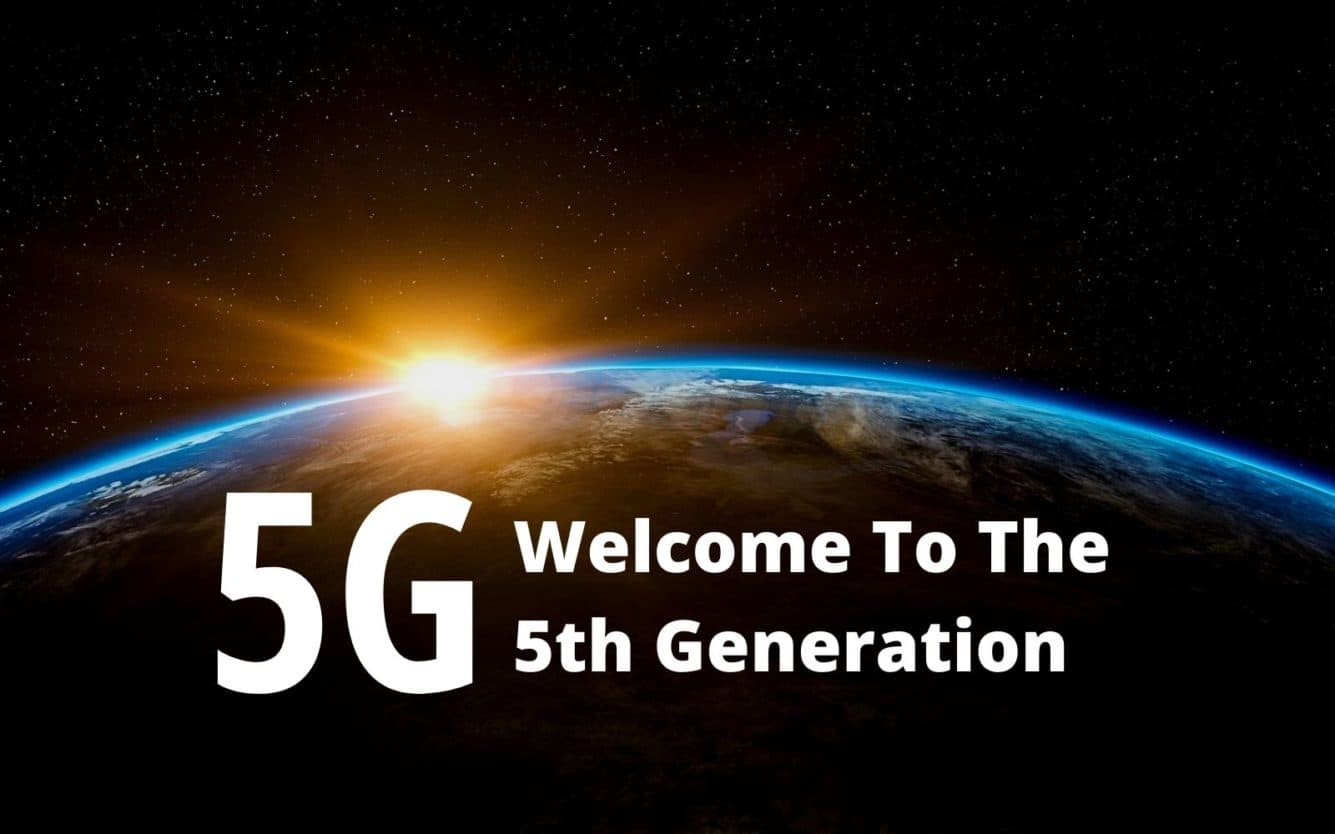5G promises insanely fast speeds up to 100 times faster than today’s 4G mobile Internet.
As the demand for mobile continues to grow, driven by trends like remote working, 5G looks set to transform working practices for businesses in 2020 and the years to follow.
After a slow start characterised by hype over substance, 5G is finally becoming a realistic platform for many smartphone, application, communication and content developers.
However, the jump from 4G to 5G – or ‘fifth-generation’ – promises to be much more transformational for businesses than previous technological leaps.
Did you know Marlin Communications already provides customers with 5G services? We see 5G as a strategically important product for businesses that need fast, resilient Internet connectivity.
More than just higher speeds
5G offers more than just higher speeds.
“With 5G, everything’s changed, and as such, this next-generation network will not just be beneficial in one single market or industry – the global impact will be exponential.”
Conor Pierce, Corporate Vice President (UK & Ireland), Samsung.
So now is the right time for businesses to consider how 5G will transform the way employees communicate and collaborate within the organisation.
The 5G Marketplace
Governments around the world are heavily investing in the technology and see 5G as a means of growing their economies but the complexity of the next-generation network requires telecom operators, hardware manufacturers, system integrators, governments and start-ups to collaborate.
Hype aside, the market for 5G devices is growing with 160 million devices expected to sell in 2020. By 2024 there will be 2.6 billion 5G subscriptions (65% of the global population) with 35% of all Internet traffic carried over 5G.
Fifty per cent of US consumers will have access to 5G in as little as five years, according to the recent Ericsson Mobility Report.
What are the key benefits of 5G?
5G stands for ‘fifth-generation cellular wireless’. It represents the next big leap forward in mobile wireless technology.
There have been four previous generations:
- 1G – analogue, voice-only cellular from the 1980s
- 2G provided SMS texts and MMS pictures with limited data transfers
- 3G represented the birth of the mobile Internet. Speeds were still relatively slow (compared to WiFi), but you could load webpages and even make basic video calls
- 4G is the LTE service we have today and offers faster data speeds and much better reliability
5G will provide improvements large enough to see us through the next ten years of mobile connectivity with:
- greater bandwidth
- higher speeds
- lower latency for better responsiveness
- much more reliable connections
- increased capacity to connect a much higher number of devices (‘massive MIMO’)
Increased Capacity
5G has up to five times the capacity of 4G thanks to Massive multiple-input, multiple output or ‘Massive MIMO‘.
With Massive MIMO, many more devices can connect to new antennae at the same time and at a much greater density. For example, 4G allowed 100,000 devices per km2 but 5G will allow 1,000,000 per km2.
Also, Massive MIMO is capable of beamforming, i.e. locking on to a designated user connection for much greater reliability.
This makes 5G perfect for the exponentially-growing Internet of Things (IoT). The next wave of connectivity will affect smart devices (infrastructure, equipment and buildings, etc.).
What might be the impact on commuting when traffic management systems, smart lights, electronic signs and every vehicle on the road are connected?
Higher Speeds
5G phones will provide real-world download speeds ranging from one hundred megabits per second to over a gigabit per second. Depending on location, type of phone, etc. it will be around ten times faster than LTE service.
Then, as 5G networks and devices evolve, those speeds will increase even further to the point when, a few years from today, we may be enjoying multi-gigabit download speeds and upload speeds exceeding a gigabit.
We’ll be downloading full-length 4K movies in 18 seconds or 50GB games in under two minutes!
Ultra low latency
With 4G there’s a significant delay between command sent and response received (typically between 40 and 50ms). As a comparison, superfast fixed broadband has a delay of between 10 and 20ms.
In contrast, 5G can respond to a command in just 1ms.
This makes the technology ideally suited to applications such as autonomous vehicles where real-time communication is essential.
Can 5G Replace Home Internet Connections?
5G should be fast enough to replace traditional home internet connections. We may well see antennae appearing on rooves to receive home internet connections over the air.
This illustrates why 5G is so important. With more bandwidth and lower latency, the experience of using a mobile device will feel like being connected to a superfast WiFi connection no matter where you are.
Who will introduce 5G first?
China will introduce 5G to the mass market first, but the UK, US and Canada will also launch services during 2020.
Ryan Reith, Program Vice President, Worldwide Mobile Device Tracker, predicts that 5G prices are likely to fall rapidly, allowing more consumers to get involved more quickly with take-up rates increasing.
The impact of 5G on business
Of course, it’s not just the consumer space that will benefit from 5G. As companies begin to recognise the benefits of 5G connectivity, the demand will grow.
5G brings with it the promise of delivering more data more quickly and with lower latency. The stage is set for next-generation office technology with applications including virtual reality meetings and automated building management.
With speeds of up to 1Gbps, new formats like high-quality video streaming will mean data consumption rates will sky-rocket.
And as network capacity increases, users will enjoy higher and more consistent average speeds, even in crowded scenarios or in areas with less-than-optimal coverage.
For example, the reduced time between action and response will make devices, machines and sensors more reactive, allowing for bi-directional communication and real-time remote control.
Businesses of all sizes stand to benefit. Transportation, healthcare, agriculture, retail, finance, education, manufacturing, professional services, etc. will all be transformed – with 5G acting as the catalyst.
Network Slicing
5G networks will be more flexible. 5G is capable of supporting a multitude of applications and services, each with different performance requirements.
It’s all made possible by ‘network slicing’, which allows a physical network to be divided into multiple ‘virtual networks’ so the operator can use the right ‘slice’ depending on the requirements of a particular use case.
This offers businesses the guaranteed bandwidth and low latency required to bring new services online and prioritise business-critical applications.
With network slicing, it will be possible for a business to practically own a private 5G network, assigning only the resources necessary for each application with precise set up according to specific business needs.
Mobile Comes Of Age With 5G
Almost three quarters (72.6 per cent) of internet users will access the web solely via their smartphones by 2025, equivalent to nearly 3.7 billion people, according to a recent report from the World Advertising Research Center (WARC).
High Speed Remote Working
As businesses reflect these trends, increasing numbers of employees will work outside the office but enjoy an experience similar to working in it. Video calls, video conferencing, screen-sharing, etc. will become standard practice.
Network-related tasks, such as online sales or sharing large files in the cloud will become faster and more efficient on mobile devices without the need to connect to WiFi, providing substantial productivity gains and boosting staff morale.
These changes will undoubtedly impact recruitment and retention with businesses who offer this level of flexibility, becoming more attractive places to work.
As more and more business-critical tasks are moved to the cloud and with both speed and bandwidth increasing, having staff sitting at desks in offices instead of being productive wherever they are, will start to look positively old fashioned!
Will 5G Replace Fixed Line Networks?
While 5G is the next generation of mobile communications, its impact will extend beyond pure mobile usage into areas traditionally handled by fixed line connectivity.
5G will provide the opportunity to rethink how individual sites connect to the corporate network. Fixed line networks won’t be going away any time soon but, with high bandwidth and availability, 5G could change how we access the corporate network.
5G Will Accelerate The Move To The Cloud
Businesses have already been moving mission-critical applications, infrastructure, systems and services to the cloud.
Ahead of the widespread arrival of 5G, it is likely that this trend will accelerate. 5G will utilise a high degree of virtualisation, so any business that reduces its reliance on local infrastructure will have an instant advantage.
New 5G Smartphones
A new generation of smartphones will be at the forefront of progress in the 5G marketplace with Apple looking likely to push ahead of its competition in the initial stages.
“It may seem counterintuitive that Apple, which currently has no 5G phones in its portfolio will be able to pass current 5G market leaders Samsung and Huawei. But with three new 5G models coming next year, Apple merely needs to match its current upgrade rates for newly introduced iPhone models to take the lead next year.”
Ken Hyers, Director at Strategy Analytics
However, Android vendors such as Samsung will help to push down the costs of the new technology and will regain ground in the longer term.
Start Preparing For 5G Now
5G will create the environment for innovation and new user experiences. But it will be an evolution rather than an overnight sensation.
5G will deliver massive opportunities for businesses. Increased speeds will enable entirely new business models and ways of working, in much the same way that the introduction of broadband did.
Smart business leaders are preparing for 5G today. They are already thinking about how to drive the next wave of transformation in the context of 5G connectivity and asking questions about how they might leverage its power over the next few years.
Any business with its foot in the door of the 5G revolution has incredible opportunity ahead of it.
Six Steps To 5G-Ready
- Understand what 5G is and how it differs from previous 3G and 4G technologies
- Identify new opportunities to give your business a potential competitive advantage
- Involve staff in the process and consider how 5G could accommodate remote and flexible working
- Look at how technology (like video conferencing) can streamline your business by reducing travel costs and encouraging online collaboration
- Identify 5G service providers in your area and what they can offer
- Test out 5G handsets and dongles to see which best match your business needs
About Marlin Communications
Marlin Communications is an award-winning, leading provider of Unified Communications & collaboration solutions including voice, data, mobile, video, network security and contact centre technology for businesses of 50 – 5,000 staff.
We have clients across the south of England and in Europe and our own, on-premises, 1,000 ft² Technology Suite at our Bath office, where we host regular events and showcase technology solutions for our clients. Contact us for your free comms audit or product demo.
Get the latest tech news & reviews – straight to your inbox
Sign up to receive exclusive business communications, tech content, new tech launches, tips, articles and more.


